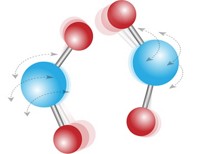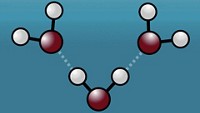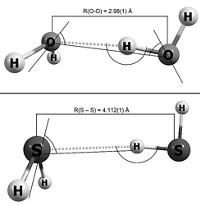Advertisement
Grab your lab coat. Let's get started
Welcome!
Welcome!
Create an account below to get 6 C&EN articles per month, receive newsletters and more - all free.
It seems this is your first time logging in online. Please enter the following information to continue.
As an ACS member you automatically get access to this site. All we need is few more details to create your reading experience.
Not you? Sign in with a different account.
Not you? Sign in with a different account.
ERROR 1
ERROR 1
ERROR 2
ERROR 2
ERROR 2
ERROR 2
ERROR 2
Password and Confirm password must match.
If you have an ACS member number, please enter it here so we can link this account to your membership. (optional)
ERROR 2
ACS values your privacy. By submitting your information, you are gaining access to C&EN and subscribing to our weekly newsletter. We use the information you provide to make your reading experience better, and we will never sell your data to third party members.
Physical Chemistry
Frictionless pirouettes in solution
April 3, 2006
| A version of this story appeared in
Volume 84, Issue 14
Given the proper push, a diatomic molecule in solution can spin with so little friction that it acts as if it were in the gas phase. That finding is the first example of nearly frictionless rotation in a room-temperature liquid (Science 2006, 311, 1907). The University of Southern California's Stephen E. Bradforth, Brown University's Richard M. Stratt, and coworkers found that when they photodissociated a flowing film of an aqueous iodine cyanide solution with ultrashort, high-energy laser pulses, they could make the resulting cyanide radical spin so quickly that it essentially wipes out any frictional force on the molecule. The spinning diatomic radical creates a shock wave that throws back the water molecules that surround it. It continues to spin nearly frictionlessly for about 10 picoseconds until the shock dissipates and the water rushes back into its space. Bradforth and Stratt say the discovery contradicts what's expected from the physics of molecules in solution and suggests chemists may need to rethink how molecules move energy around in liquids.





Join the conversation
Contact the reporter
Submit a Letter to the Editor for publication
Engage with us on Twitter